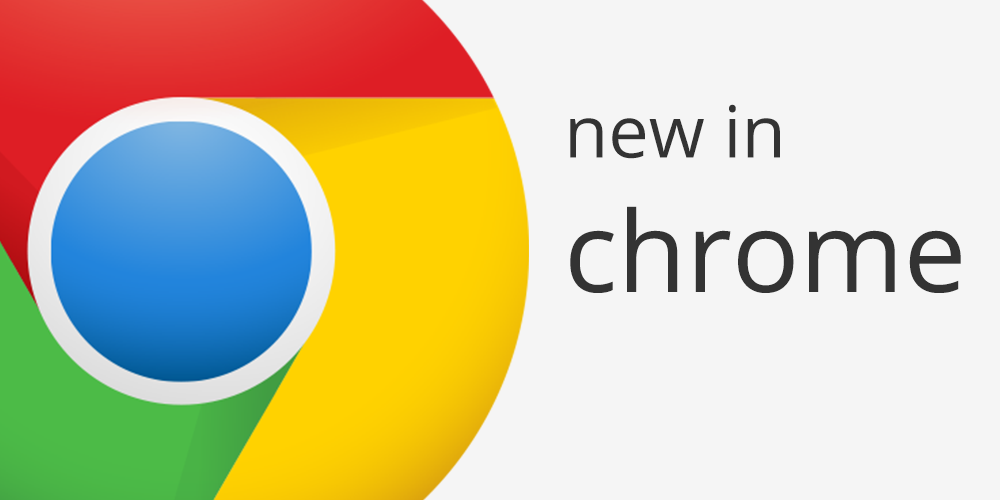According to a recent report, the stable version of Google Chrome for Android finally gets the Dark mode which was being tested by Google from quite some time. Along with the Dark mode, the Reader Mode was also in the testing phase and will be available for Chrome Canary for desktop users. The Reader mode has been designed and customized in a way to remove all the irrelevant content from the page and only shows the article text and related images. Moreover, Google is also working to eliminate man-in-the-middle (MiTM) phishing attacks on embedded browser frameworks.

Dark mode on Google Chrome
The Dark mode on Google Chrome will be available with the release of Chrome v74 for Android. At this time, Google Play reflects v73 for Google Chrome in India and therefore, the new dark mode is not yet officially available. Just last month, Mac users got access to the dark mode, which is now available for Android users too. Once you get the new update, you may still need to the #enable-android-night-mode flag to access the dark mode on your Android device.
Reader mode on Chrome Canary Build
Also, the Reader Mode is now available in Chrome Canary for desktop users only. The users can enable the flag by going to chrome://flags/#enable-reader-mode section in their Chrome Canary version. Once you’ve enabled the flag, restart the browser and you will now be able to use the Reader Mode by clicking on the top-right Chrome drop-down menu and selecting the Distill page option. This feature brings a sigh of relief for users due to its capability to remove all ads and other irrelevant links and only display the text and related images in an article.
Read More: How to Enable Google Chrome Reader Mode
In the process of preventing man in the middle (MiTM) phishing attacks, Google will be blocking sign-ins from embedded browser frameworks starting in June of this year. The tech- giant has implemented this change since Chrome cannot differentiate between a legitimate sign in and a MiTM attack on these platforms. Google has made this announcement in its security blog and communicated developers to switch to browser-based OAuth authentication.
